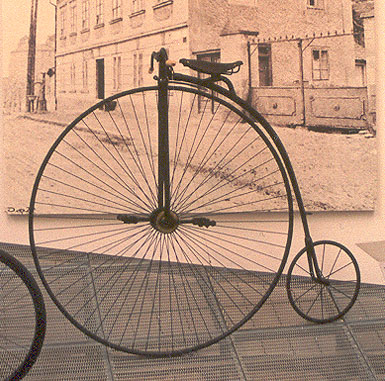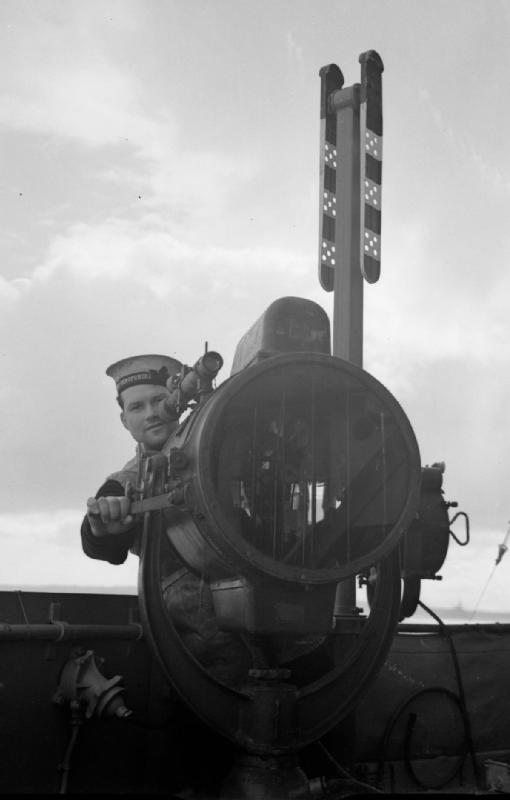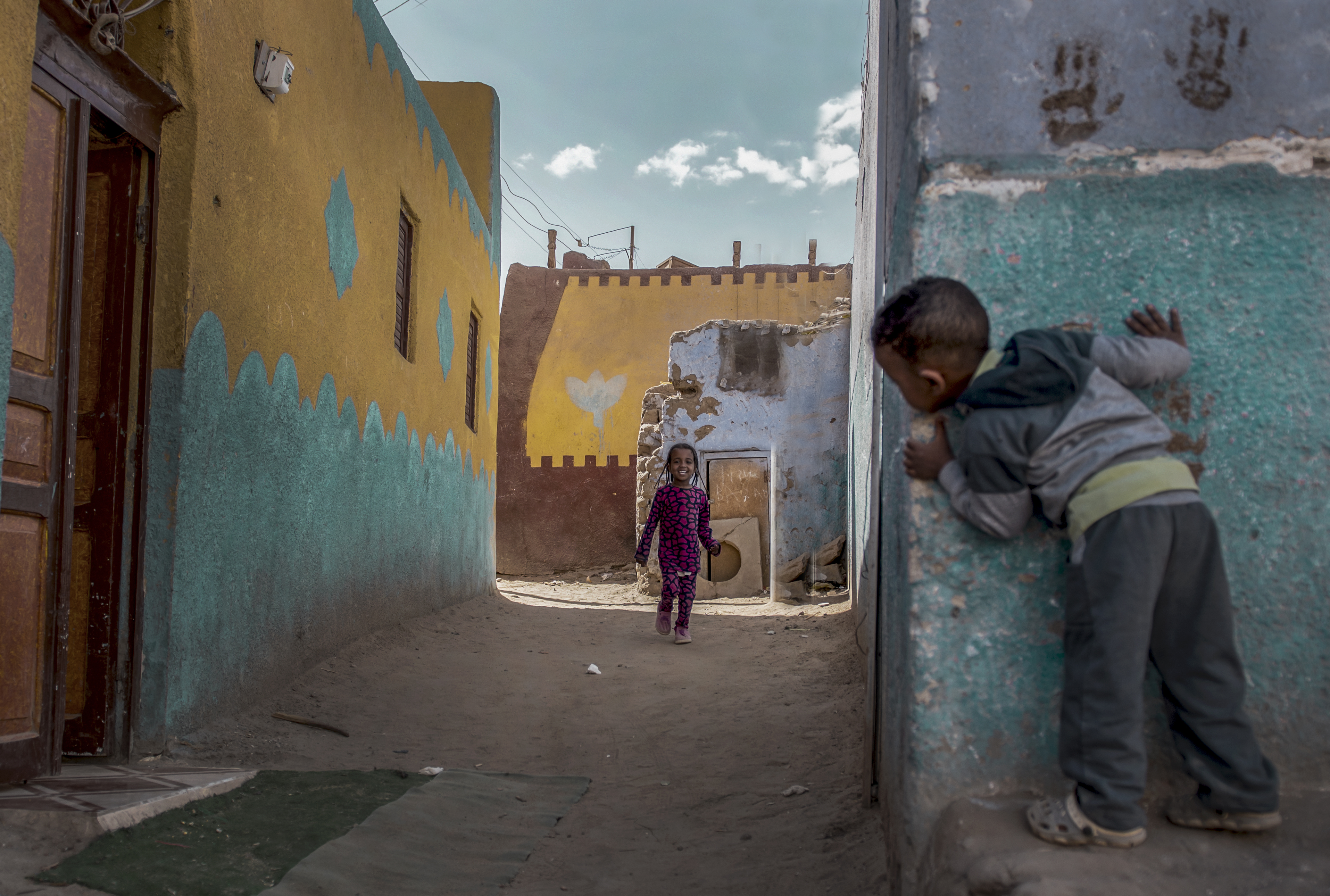|
The Dover Boys At Pimento University Or The Rivals Of Roquefort Hall
''The Dover Boys at Pimento University; or, The Rivals of Roquefort Hall'' (also known as ''The Dover Boys'') is a 1942 Warner Bros. ''Merrie Melodies'' cartoon directed by Chuck Jones. The short was released on September 19, 1942. The cartoon is a parody of the Rover Boys, a popular juvenile fiction book series of the early 20th century. It is one of the first cartoons to make extensive use of limited animation, as well as other techniques that would only be more broadly popularized in the 1950s. Animation historian Michael Barrier writes: "Is ''The Dover Boys'' the first 'modern' cartoon? …Chuck Jones stylized the animation in this cartoon in a way that anticipated what several consciously modern studios like UPA would be doing a decade later." In 1994, the cartoon was voted No. 49 of The 50 Greatest Cartoons of all time by members of the animation field. Plot The scene descends upon Pimento University ("good old P.U."), and the school anthem is sung in a 1910s barbers ... [...More Info...] [...Related Items...] OR: [Wikipedia] [Google] [Baidu] |
Chuck Jones
Charles Martin Jones (September 21, 1912 – February 22, 2002) was an American animator, director, and painter, best known for his work with Warner Bros. Cartoons on the ''Looney Tunes'' and ''Merrie Melodies'' series of shorts. He wrote, produced, and/or directed many classic animated cartoon, Animated Cartoon shorts starring Bugs Bunny, Daffy Duck, Wile E. Coyote and the Road Runner, Pepé Le Pew, and Porky Pig, among others. Jones started his career in 1933 alongside Tex Avery, Friz Freleng, Bob Clampett, and Robert McKimson at the Leon Schlesinger Production's Termite Terrace studio, where they created and developed the Looney Tunes characters. During the World War II, Second World War, Jones directed many of the ''Private Snafu'' (1943–1946) shorts which were shown to members of the United States military. After his career at Warner Bros. ended in 1962, Jones started MGM Animation/Visual Arts, Sib Tower 12 Productions and began producing cartoons for Metro-Goldwyn-Mayer, ... [...More Info...] [...Related Items...] OR: [Wikipedia] [Google] [Baidu] |
Penny-farthing
The penny-farthing, also known as a high wheel, high wheeler or ordinary, is an early type of bicycle. It was popular in the 1870s and 1880s, with its large front wheel providing high speeds (owing to its travelling a large distance for every rotation of the legs) and comfort (the large wheel provides greater shock absorption). It became obsolete in the late 1880s with the development of modern bicycles, which provided similar speed amplification via chain-driven gear trains and comfort through pneumatic tires, and were marketed in comparison to penny-farthings as "safety bicycles" because of the reduced danger of falling and the reduced height to fall from. The name came from the British penny and farthing coins, the former being much larger than the latter, so that the side view resembles a larger penny (the front wheel) leading a smaller farthing (the rear wheel). Although the name "penny-farthing" is now the most common, it was probably not used until the machines were ne ... [...More Info...] [...Related Items...] OR: [Wikipedia] [Google] [Baidu] |
Unicycle
A unicycle is a vehicle that touches the ground with only one wheel. The most common variation has a bicycle frame, frame with a bicycle saddle, saddle, and has a human-powered vehicle, pedal-driven direct-drive mechanism, direct-drive. A two speed hub is commercially available for faster unicycling. Unicycling is practiced professionally in circuses, by street performance, street performers, in festivals, and as a hobby. Unicycles have also been used to create new sports such as unicycle hockey. In recent years, unicycles have also been used in mountain unicycling, an activity similar to mountain biking or Mountain bike trials, trials. History US patents for single-wheeled 'velocipedes' were published in 1869 by Frederick Myers and in 1881 by Battista Scuri. Unicycle design has developed since the Penny Farthing and later the advent of the first unicycle into many variations including: the seatless unicycle ("ultimate wheel") and the tall ("giraffe") unicycle. During the late ... [...More Info...] [...Related Items...] OR: [Wikipedia] [Google] [Baidu] |
Telegraphy
Telegraphy is the long-distance transmission of messages where the sender uses symbolic codes, known to the recipient, rather than a physical exchange of an object bearing the message. Thus flag semaphore is a method of telegraphy, whereas pigeon post is not. Ancient signalling systems, although sometimes quite extensive and sophisticated as in China, were generally not capable of transmitting arbitrary text messages. Possible messages were fixed and predetermined and such systems are thus not true telegraphs. The earliest true telegraph put into widespread use was the optical telegraph of Claude Chappe, invented in the late 18th century. The system was used extensively in France, and European nations occupied by France, during the Napoleonic era. The electric telegraph started to replace the optical telegraph in the mid-19th century. It was first taken up in Britain in the form of the Cooke and Wheatstone telegraph, initially used mostly as an aid to railway signalling. Th ... [...More Info...] [...Related Items...] OR: [Wikipedia] [Google] [Baidu] |
Semaphore
Semaphore (; ) is the use of an apparatus to create a visual signal transmitted over distance. A semaphore can be performed with devices including: fire, lights, flags, sunlight, and moving arms. Semaphores can be used for telegraphy when arranged in visually connected networks, or for traffic signalling such as in railway systems, or traffic lights in cities. Fire The Phryctoriae were a semaphore system used in Ancient Greece for the transmission of specific prearranged messages. Towers were built on selected mountaintops, so that one tower, the ''phryctoria'', would be visible to the next tower, usually twenty-miles distant. Flames were lit on one tower, then the next tower would light a flame in succession. The Byzantine beacon system was a semaphore developed in the 9th century during the Arab–Byzantine wars. The Byzantine Empire used a system of beacons to transmit messages from the border with the Abbasid Caliphate across Asia Minor to the Byzantine capital, Const ... [...More Info...] [...Related Items...] OR: [Wikipedia] [Google] [Baidu] |
Boy Scouts Of America
The Boy Scouts of America (BSA, colloquially the Boy Scouts) is one of the largest scouting organizations and one of the largest youth organizations in the United States, with about 1.2 million youth participants. The BSA was founded in 1910, and since then, about 110 million Americans have participated in BSA programs. BSA is part of the international Scout Movement and became a founding member organization of the World Organization of the Scout Movement in 1922. The stated mission of the Boy Scouts of America is to "prepare young people to make ethical and moral choices over their lifetimes by instilling in them the values of the Scout Oath and Law." Youth are trained in responsible citizenship, character development, and self-reliance through participation in a wide range of outdoor activities, educational programs, and, at older age levels, career-oriented programs in partnership with community organizations. For younger members, the Scout method is part of the ... [...More Info...] [...Related Items...] OR: [Wikipedia] [Google] [Baidu] |
Damsel In Distress
The damsel in distress is a recurring narrative device in which one or more men must rescue a woman who has either been kidnapped or placed in general peril. Kinship, love, or lust (or a combination of those) gives the male protagonist the motivation or compulsion to initiate the narrative. The female character herself may be competent, but still finds herself in this type of situation. The helplessness of these fictional females, according to some critics, is linked to views outside of fiction that women as a group need to be taken care of by men. The evolution of the trope throughout history has been described as such: "What changes through the decades isn’t the damsel (the woman is always the weak victim in need of the male savior) – it’s the attacker. The faces of the attacker in popular media are legion: monsters, mad scientists, Nazis, hippies, bikers, aliens... whichever group best meets the collective fears of a culture gets the role". Etymology The word "damsel ... [...More Info...] [...Related Items...] OR: [Wikipedia] [Google] [Baidu] |
Hide-and-seek
Hide-and-seek (sometimes known as hide-and-go-seek) is a popular children's game in which at least two players (usually at least three) conceal themselves in a set environment, to be found by one or more seekers. The game is played by one chosen player (designated as being "it") counting to a predetermined number with eyes closed while the other players hide. After reaching this number, the player who is "it" calls "Ready or not, here I come!" or "Coming, ready or not!" and then attempts to locate all concealed players. The game can end in one of several ways. The most common way of ending is the player chosen as "it" locates all players; the player found first is the loser and is chosen to be "it" in the next game. The player found last is the winner. Another common variation has the seeker counting at "home base"; the hiders can either remain hidden or they can come out of hiding to race to home base; once they touch it, they are "safe" and cannot be tagged. The game is an ex ... [...More Info...] [...Related Items...] OR: [Wikipedia] [Google] [Baidu] |
Runabout (car)
A runabout is a car body style popular in the 1910s, based on the horse-drawn runabout carriage. It was popular in North America from 1900 to about 1915. It was a light, basic style with no windshield, top, or doors and a single row of seats. Runabouts eventually became indistinguishable from roadsters and the term fell out of use in the United States. The approach has evolved into the modern "city car". Origin Runabouts originated as a type of horse and carriage body. In 1881, Rufus Meade Stivers produced runabout bodies using a patent held by Joseph Tilton. Stivers, a blacksmith and wheelwright, produced the runabouts in his carriage manufactory on East 31st Street, Manhattan, established in 1851. According to ''The Carriage Journal'',The special feature of the runabout was that the body was hung low by using cranked axles, and the side-bars were attached to legs at the top of the crank. The original runabout was made without a top, and, besides hanging low which made f ... [...More Info...] [...Related Items...] OR: [Wikipedia] [Google] [Baidu] |
Gold Digger
Gold digger is a term for a person, typically a woman, who engages in a type of transactional relationship for money rather than love. If it turns into marriage, it is a type of marriage of convenience. Etymology and usage The term "gold digger" is a slang term that has its roots among chorus girls and sex workers in the early 20th century. In print, the term can be found in Rex Beach's 1911 book, ''The Ne'er-Do-Well'', and in the 1915 memoir ''My Battles with Vice'' by Virginia Brooks. The ''Oxford Dictionary'' and ''Random House's Dictionary of Historical Slang'' state the term is distinct for women because they were much more likely to need to marry a wealthy man in order to achieve or maintain a level of socioeconomic status. The term rose in usage after the popularity of Avery Hopwood's play '' The Gold Diggers'' in 1919. Hopwood first heard the term in a conversation with Ziegfeld performer Kay Laurell. As an indication on how new the slang term was, Broadway pro ... [...More Info...] [...Related Items...] OR: [Wikipedia] [Google] [Baidu] |
Villain
A villain (also known as a "black hat" or "bad guy"; the feminine form is villainess) is a stock character, whether based on a historical narrative or one of literary fiction. ''Random House Unabridged Dictionary'' defines such a character as "a cruelly malicious person who is involved in or devoted to wickedness or crime; scoundrel; or a character in a play, novel, or the like, who constitutes an important evil agency in the plot". The antonym of a villain is a hero. The villain's structural purpose is to serve as the opposition of the hero character and their motives or evil actions drive a plot along. In contrast to the hero, who is defined by feats of ingenuity and bravery and the pursuit of justice and the greater good, a villain is often defined by their acts of selfishness, evilness, arrogance, cruelty, and cunning, displaying immoral behavior that can oppose or pervert justice. Etymology The term ''villain'' first came into English from the Anglo-French and Old ... [...More Info...] [...Related Items...] OR: [Wikipedia] [Google] [Baidu] |
Stock Character
A stock character, also known as a character archetype, is a fictional character in a work of art such as a novel, play, or a film whom audiences recognize from frequent recurrences in a particular literary tradition. There is a wide range of stock characters, covering men and women of various ages, social classes and demeanors. They are archetypal characters distinguished by their simplification and flatness. As a result, they tend to be easy targets for parody and to be criticized as clichés. The presence of a particular array of stock characters is a key component of many genres, and they often help to identify a genre or subgenre. For example, a story with a knight-errant and a witch is probably a fairy tale or fantasy. There are several purposes to using stock characters. Stock characters are a time- and effort-saving shortcut for story creators, as authors can populate their tale with existing well-known character types. Another benefit is that stock characters help to mo ... [...More Info...] [...Related Items...] OR: [Wikipedia] [Google] [Baidu] |
.jpg)








